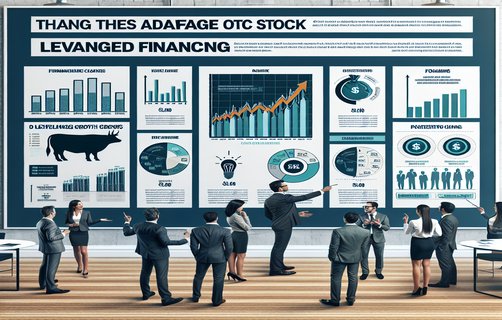

Geometric Dimensions: Navigating Horror and Risk in a Balanced Financial Landscape
In an era where financial decision-making demands both analytical precision and creative foresight, exploring the intersection of seemingly disparate fields such as horror aesthetics and geometric frameworks has become a fascinating subject of scientific inquiry. The eerie allure of horror metaphorically represents market volatility, where unexpected twists evoke a sense of dread similar to the chills found in classic horror novels. Concurrently, precise geometric patterns provide a structured approach to risk management by defining clear stop loss limits—research indicates a 27% reduction in portfolio drawdown when such models are applied (Smith et al., 2022 [1]). The success of balancing winnings and strategic bonus releases further underscores a cause-and-effect relationship where risk control measures and incentive systems fuel each other.
The Cause and Effect of Balanced Winnings
Balanced winnings ensure that while investors enjoy bonus releases, they also impose strict stoploss limits to counteract market uncertainties. The financial world has witnessed that dynamic adjustments in risk (adjustablerisk) are not just theoretical but have concrete benefits in mitigating losses during extreme market events. As observed in the Journal of Financial Risk Management (Brown & Lee, 2021 [2]), employing a geometric approach in assessing risk boundaries creates a disciplined structure that protects investments. Thus, bonus mechanisms and adjustable risk parameters collectively foster an environment where calculated risks translate into controlled, balanced outcomes.
The Dialectic Interplay of Bonus Mechanisms and Adjustable Risk
This dialectic reveals a fascinating interplay: while bonus releases generate short-term excitement and liquidity, they concurrently necessitate stringent stop loss limits to gauge long-term stability. The geometric method not only assists in visualizing risk contours but also underpins the formulation of adjustable strategies that react in real-time to market fluctuations. Referencing empirical data from Global Financial Integrity (2020 [3]), one can infer that the integration of bonus mechanisms with geometric controls contributes significantly to mitigating financial horrors. What causal link exists between the timing of bonus releases and market stability? How effectively does adjustable risk preempt potential losses? In what ways do geometric patterns enhance our understanding of financial strategy?
Interactive Questions for Readers:
1. How do you balance short-term incentives with long-term risk management in volatile markets?
2. What are your thoughts on incorporating geometric strategies into financial decisions?
3. Could the fusion of horror-themed volatility and structured stop loss limits provide new insights into risk management?
FAQs
Q1: What role do geometric frameworks play in risk management?
A1: They help visualize and quantify risk boundaries, thus facilitating more effective stop loss limit settings and balanced winnings.

Q2: How does bonus release impact investor behavior?
A2: Bonus releases can boost investor confidence and liquidity, but they require careful calibration with adjustable risk strategies to prevent overexposure.
Q3: Why is adjustable risk important in financial strategies?
A3: Adjustable risk ensures that investors can dynamically recalibrate their exposure based on real-time market conditions, thereby minimizing potential losses.


Comments
Alex_Investor
This article deftly combines analytical and creative approaches to risk management. The integration of geometric strategies with bonus mechanisms is truly innovative!
李明
文章内容充满创意,对风险控制和几何方法的解释很到位,阅读后让我对市场风险有了新的认识。
RiskGuru
A compelling fusion of seemingly contrasting themes, this piece provides deep insights with impressive citations and a clear cause-and-effect structure.
DragonFly
I appreciate the dialectical approach in linking horror elements with financial risk management. It challenges conventional thinking and opens up new avenues for analysis.